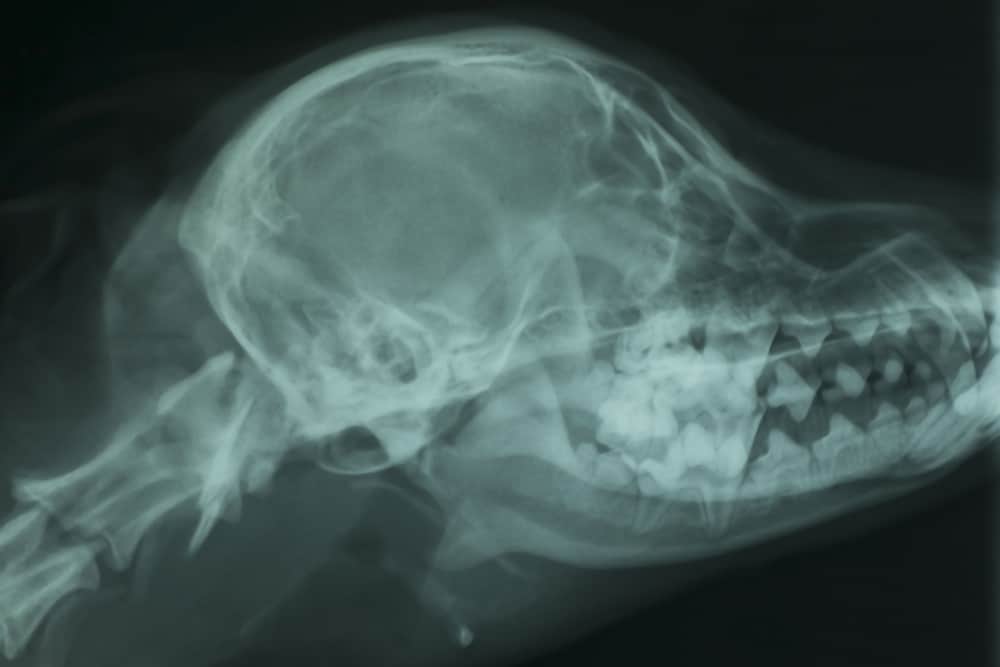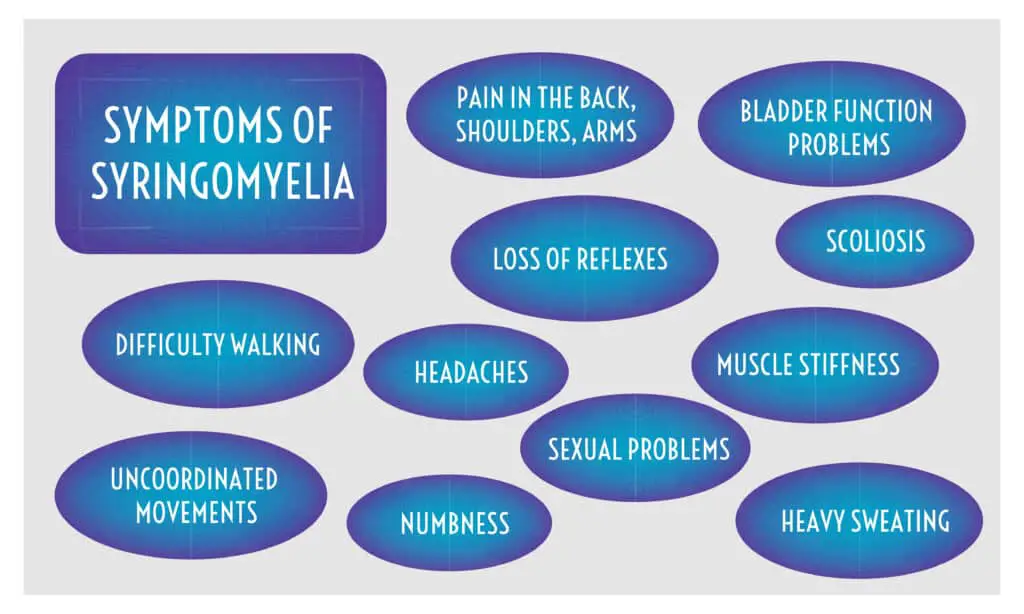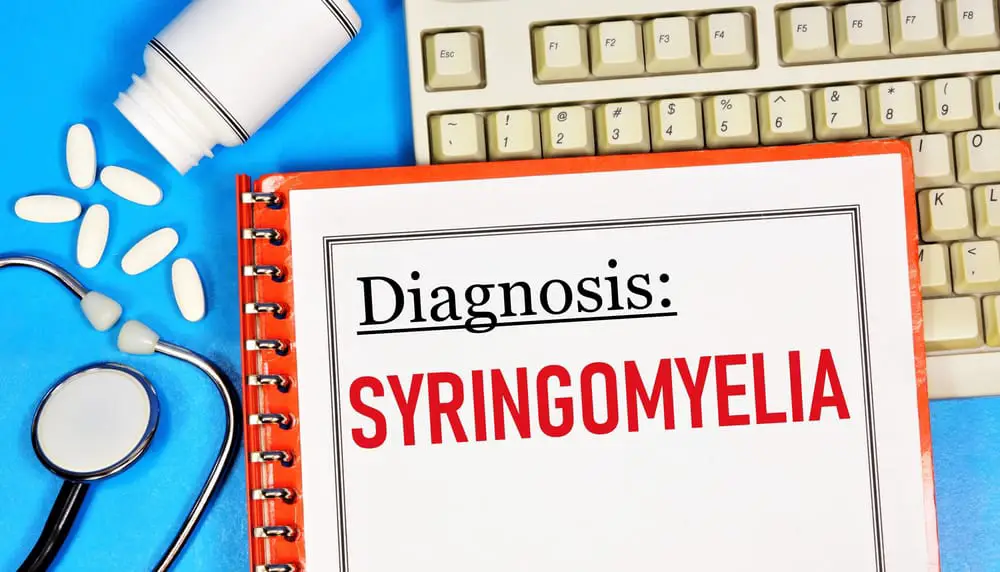Cavalier King Charles Spaniels are a popular dog breed but can be prone to many health disorders, including a neurological condition known as syringomyelia or SM. But what percentage of Cavaliers have Syringomyelia, and what is it?
Recent studies have found that around 70% of Cavalier King Charles Spaniels show signs of syringomyelia by the age of six years, and some experts suggest that over 50% of Cavalier King Charles Spaniels may suffer from syringomyelia.
This disease is characterized by the formation of fluid-filled cavities within the spinal cord, and it can lead to various symptoms and discomfort for affected dogs. Potential Cavalier owners and breeders must know this condition, its symptoms, and how it affects our Cavvys.
What is Syringomyelia in Cavaliers?
Syringomyelia is a severe and progressive neurological disorder affecting Cavalier King Charles Spaniels more frequently than any other dog breed.
The condition is identified by the fluid building up in the cavities of the spinal cord, or syrinxes as they are known, causing symptoms such as pain, weakness, or loss of coordination.
Research has shown that a significant percentage of Cavalier King Charles Spaniels are affected by syringomyelia. A study conducted on 555 dogs found that the condition’s prevalence was quite high, even among those showing no clinical signs of the disease (PubMed).
What Percentage of Cavaliers Have Syringomyelia
- More than 50% of all King Charles Spaniels will likely have syringomyelia.
- 70% of Cavaliers over six years old have the condition
- 95% have bone malformation believed to cause it.
Cavalier King Charles Spaniels and Syringomyelia
Prevalence in the Breed
Syringomyelia (SM) is a severe and progressive neurological disease that affects Cavalier King Charles Spaniels more than any other breed. It is found in all colors, affects males and females, and has been linked to an inherited genetic disorder, meaning the disorder is passed on from their parents.
Risk Factors
The most significant risk factor for syringomyelia in Cavaliers is Chiari-like malformation (CM), a condition in which the dog’s brain is too large for its skull‘s available space, causing compression in the brain and spinal cord areas. However, it is important to note that not all Cavaliers with CM will develop SM.
Other factors contributing to the development of syringomyelia include genetics, as the condition is hereditary, and environmental factors, such as diet or activities affecting overall spinal health (Ginger Cavalier).

Signs and Symptoms
One of the earliest signs of syringomyelia in Cavalier King Charles Spaniels may be yelping after sudden changes in posture, such as when jumping down or being picked up.
In more severe cases, dogs with syringomyelia may show extreme sensitivity to touch in the neck, chest, shoulders, head, and back areas. These sensitivities can cause noticeable discomfort for the dog and may lead to a change in behavior.
Other common symptoms include (Cavalierhealth.org):
- Holding the head high and at a certain angle to prevent pain
- Sleeping with the head held up
- Scratching or pawing at the affected area
- Weakness or reduced movement in the limbs
It is important to note that symptoms may vary widely among dogs with syringomyelia, with some having only mild signs while others suffering more severe symptoms. Early detection and appropriate care by a veterinarian can help manage the condition effectively.
Diagnosis
Knowing the clinical signs and proper diagnostic methods is important to accurately diagnose this condition.
As discussed, the signs of syringomyelia include neck pain, scratching or scratching the air above the painful area, and sensitivity to touch. These symptoms are directly related to the fluid-filled cavities within the spinal cord, which can cause compression and damage surrounding nerves.
Diagnosis of syringomyelia typically involves magnetic resonance imaging (MRI). This imaging technique can reveal the presence of fluid-filled cavities and the severity and extent of the condition. The MRI scan will also help determine if an associated Chiari-like malformation is characterized by a small, overcrowded skull that can contribute to the development of syringomyelia.
Sometimes, a cerebrospinal fluid (CSF) sample may be collected and analyzed to confirm the diagnosis further. A tap is placed into the spinal cord to collect the sample. Then a laboratory evaluates the fluid for abnormalities indicative of syringomyelia or other neurological conditions.
Aside from MRI scans and CSF analysis, the veterinarian may also perform a thorough physical examination and take a detailed history from the owner to evaluate the Cavalier King Charles Spaniel’s overall health and assess specific clinical signs associated with syringomyelia. Owners must provide accurate information to aid in properly diagnosing and treating their dogs.

Treatment and Management
Syringomyelia treatment in Cavalier King Charles Spaniels involves two primary approaches: medical management and surgical intervention. The approach depends on the severity of the condition and the symptoms the dog manifests.
Medical management aims to alleviate symptoms through the use of medication. This can help in certain cases but typically does not resolve clinical signs completely. Common medications for syringomyelia include analgesics, anti-inflammatory drugs, and drugs that reduce cerebrospinal fluid production, such as acetazolamide (Cavalier King Charles Spaniel Club).
Surgical intervention is considered for dogs with severe symptoms or when medical management has proven ineffective. The most common surgical procedure for syringomyelia is foramen magnum decompression surgery. This procedure enlarges the opening at the base of the skull, allowing more room for the cerebellum and reducing the pressure on the spinal cord (Today’s Veterinary Practice). Indications for surgery typically include:
- MRI evidence of Chiari-like malformation and cervical syringomyelia
- A syrinx in the cervical spinal cord measuring ≥3mm in diameter on transverse T2 MRI
- Clinical signs of phantom scratching, cervical pain or hypersensitivity, or thoracic limb paresis without MRI/CSF evidence of another cause (Ginger Cavalier)
Both treatments require proper monitoring and follow-up care to ensure the best outcome for the affected dog. Collaborating with a veterinary neurologist and following their recommendations are essential steps in managing syringomyelia in Cavalier King Charles Spaniels.
Prevention and Breeding Practices
Responsible breeding practices and rigorous health testing should be implemented to address the widespread prevalence of syringomyelia in this breed. By understanding the risk factors and working towards reducing the incidence of syringomyelia through targeted breeding strategies, the overall well-being of Cavalier King Charles Spaniels can be improved.
While the exact percentage of Cavalier King Charles Spaniels affected by syringomyelia is difficult to determine, it is known that this neurological condition is prevalent in this breed source. Responsible breeding practices and preventive measures should be adopted to reduce the incidence of syringomyelia in Cavaliers.
One essential preventive measure is regularly screening breeding dogs for syringomyelia using magnetic resonance imaging (MRI). This allows breeders to identify and avoid breeding affected dogs, thus reducing the possibility of passing the condition on to the offspring.
Educating breeders about the importance of selecting healthy dogs for breeding is crucial. In addition, collaborating with researchers and veterinary experts can help breeders make informed decisions based on the latest scientific findings.
Some breeding guidelines and recommendations to help prevent syringomyelia in Cavalier King Charles Spaniels include:
- Following breed-specific MRI screening protocols
- Collaborating with veterinary neurologists to evaluate MRI results
- Avoiding breeding dogs with severe cases of syringomyelia
- Mating dogs with low-risk partners to minimize the chances of affected offspring
Adhering to these responsible breeding practices can significantly reduce the prevalence of syringomyelia in Cavalier King Charles Spaniels and promote the breed’s overall health.

